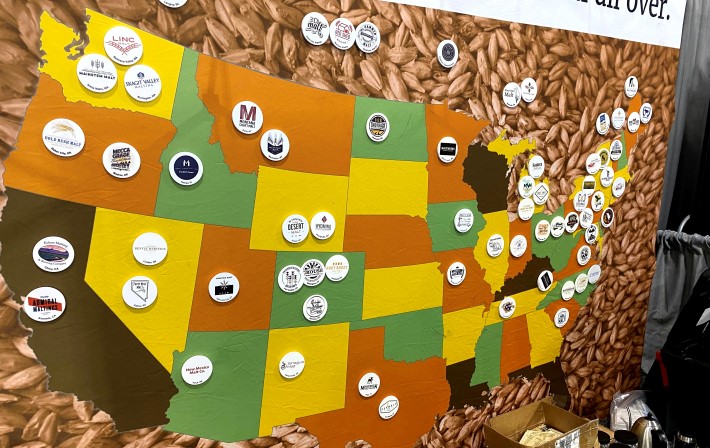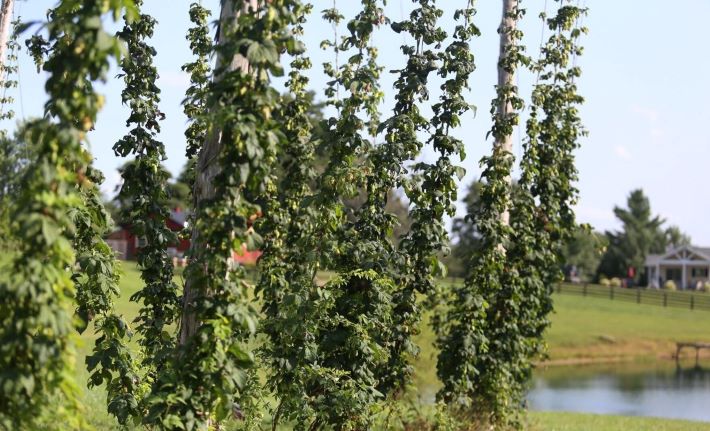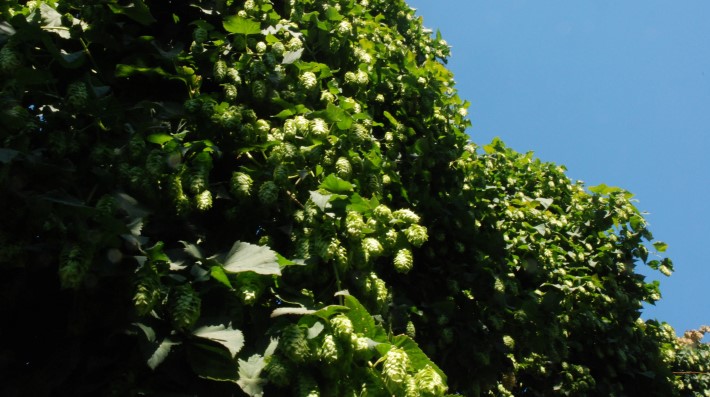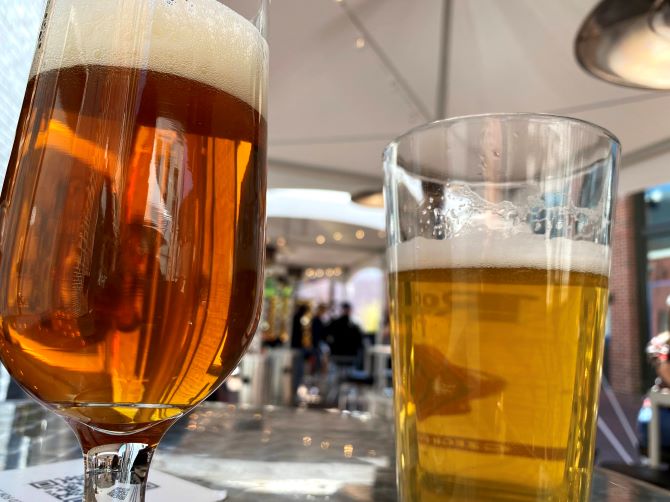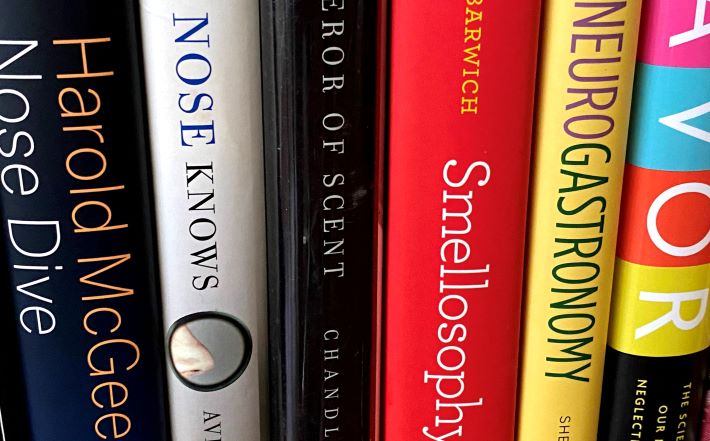
Drinks headline of the week: “Those online quizzes that match you with your ideal wine are worse than horoscopes.”
Ester Mobley of the San Francisco Chronicle does not think much of Tastry’s palate quiz. “People want to drink wines that seem cool to them. I don’t know how an algorithm can solve for that,” she writes.
Seems related to what I wrote in March about apps that aimed to be “Pandora for beer.” They weren’t.
Aroma — what we think we smell and what we call it — is complicated. Scientists can identify odor compounds. They know how those compounds make their way from our noses to our brains. But the compounds only become aroma within our brain. As A.S. Barwich explains across 312 pages of “Smellosophy,” context is an important variable but not the only one. Or, put another way: “Psychological phenomena are expressions of neural processes, and a synthesis of their explanations benefits from a philosophical angle that’s been informed also by the history of inquiry.”
So what should we think about this statement from Koniku Inc. founder Osh Agabi? “What the camera did for vision, we’re now doing for smell. I believe we are the first company to build a smell camera on the smell sidewalk.”
Koniku is one of “at least three startups attempting to bring their biotechnological achievements in odor detection out of the laboratory,” according to Bloomberg Businessweek. I am a) a sucker for a story about aroma, but b) a skeptic about how a breakthrough might be at hand.
But maybe I am wrong.
In July, Koniku made a deal with Anheuser-Busch InBev to deploy the Konikore, its new device, to “measure how a beverage’s aromatic notes are perceived and experienced by the nose, with the aim of enhancing flavor.”
“You can stick a beer into a gas chromatograph and it will tell you every single chemical component,” Agabi says. “But there are things that a chemical device will pick up that your nose or taste doesn’t code for or care about. We built a system that gets as close as it can get to what taste is perceived as. We’re giving you a human filter—an accurate picture of the human perception of smell.”
The bingo card not played
From Twitter to newsletter to here. Em Sauter’s tweet inspired Chris O’Leary to create these bingo cards for his Brew York and Beyond newsletter (and Instagram).
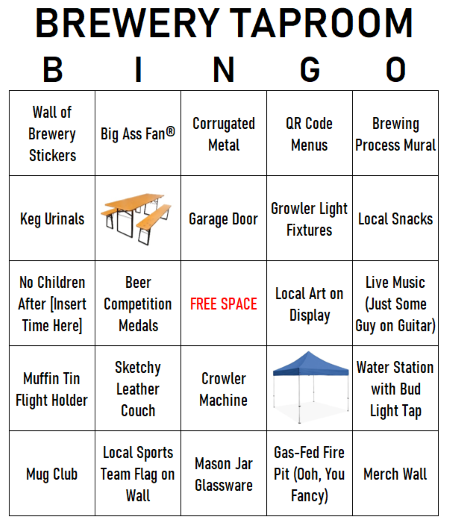
He made three, so you could print them out before a pub crawl with a couple of friends. When I looked them over I thought naturally of taprooms we visited recently. Don’t Touch The Barrels~Giant Jenga~Exposed Brick~TV With Untapped menu, that’s an easy Bingo.
But I also thought of places that tick almost none of the boxes. Scratch Brewing being an example many people will understand. That’s where I’d rather be drinking these days.
Talking pumpkin spice & ice cream, but thinking about beer
– Once upon a time, August meant sipping cool drinks on a hot beach. Nowadays, it’s essentially the unofficial start of fall for companies that are bringing back their pumpkin spice products earlier each year. While the majority of consumers think August is too early for brands to sell pumpkin spice items, the share who are ready to embrace the fall flavor during the dog days of summer has grown since last year, with younger generations especially open to early sales, according to new Morning Consult trend data.
– “The spoils of success — tens of millions of dollars in incubation deals, plus the potential for hundreds of millions more if a label is bought by a giant like Unilever — have heightened competition in the $10-a-pint world. Now the business of gourmet ice cream is go big or melt.” [via The New York Times]
Wrong
– The latest research indicates not only are the plastic dividers restaurants and bars installed in the past year ineffective at containing virus-loaded aerosols, they might disrupt airflow that would disperse the virus.
– The discovery of a 3,700-year-old tablet shows the use of “Pythagorean triples” a thousand years before Pythagoras was even born and in ways that are more akin to pure mathematics. Something to keep in mind next time you read about a thousand-year-old beer discovery.
Always for pleasure
From The Beer Nut:
“Conversely, Delicious has been part of the Stone range for many years and is much more their métier. It’s an American IPA devoid of nonsense, 7.7% ABV and a flawless pale amber colour. An aroma of caramel studded with citrus fruit told me we were back in the good old days. They’ve loaded the crystal malt into this, giving it a heavy rich texture and a long toffee aftertaste. That’s necessary because up front it’s all hop. They’re quite modern varieties — El Dorado and Lemon Drop — but it may as well be Cascade and Centennial because the effect is pure classic: pine, grapefruit, lime peel, and all of it pristine-clean and deliciously dry. I’m sure this turned heads when it first arrived, and now as a found artefact from a bygone age it’s turning mine. Never mind the west coast revival, viva the west coast continuum.”
